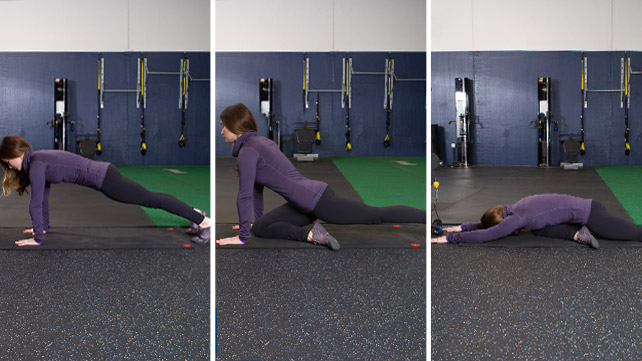If you experience pain in your hip flexors, you should first see a doctor or physical therapist. There are many reasons that tight hip flexors are problematic, and the best way to get relief is to perform a multipronged approach that addresses the causes and symptoms of the condition. For example, excessive sitting can be a contributing factor. Therefore, it is essential to maintain good range of motion and avoid sitting for long periods of time. Visit to Official Website for More Details
Stretching your hip flexors regularly
The best way to treat tight hip flexors is to stretch them regularly. Hip flexors are a group of muscles in the upper thighs that allow you to walk, kick, and bend your hips. When the muscles in these areas become strained, they can become painful, leading to pain and stiffness. If you’re suffering from tight hip flexors, it’s important to avoid injury and stretch your hip flexors regularly to prevent further damage.
Tight hip flexors can cause serious problems in your posture and range of motion. Tight hip flexors can inhibit the opposing gluteus maximus, resulting in an anterior pelvic tilt. Tight hip flexors also contribute to muscle imbalances and trigger points in the muscles. Once released, your muscles will have more range of motion and be able to move as efficiently as possible. To achieve this goal, you can stretch the muscles with a medicine ball or soft volleyball.
A hip flexor stretching routine should be performed with your hips tucked and the natural curve of your lower back in mind. You want to try to stay as active as possible when stretching your hip flexors so they can get the proper amount of stretch. Active hip flexor stretching involves activating and relaxing the muscles around the area.
Iliopsoas is the most commonly tight hip flexor
Tight hip flexors can cause a variety of health problems, from low back pain to hip pain. Fortunately, there are some easy exercises you can do to help loosen the muscles and prevent injury. A kneeling hip flexor stretch and a glute bridge are easy to incorporate into your workout routine.
This group of muscles is the prime mover of hip flexion. It’s also one of the most important muscles for walking, running, and standing. The iliopsoas works together with the iliacus during postural changes. It is responsible for the flexion of the hip joint, which is why it’s so commonly tight. It’s also one of the strongest hip flexors.
Tight hip flexors may be due to sitting all day. This can result in shortened iliopsoas. This can also be a result of weak core muscles. A simple exercise to help stretch tight hip flexors is the “pigeon pose” borrowed from yoga. In this yoga pose, you pull your right knee forward and bend it under your chest. Then, stretch your left leg behind your right leg. Afterwards, lay down on top of the bent knee, and then repeat. Make sure to take it slowly and do not strain your muscles.
Tensor fascia latae
Tensor fascia latae are a group of muscles located in the hip region. This group is an important part of the hip flexors, and should be routinely stretches and massaged. Proper care of these muscles is essential for maintaining good health, and can also help prevent overactivity.
The TFL originates from the anterior iliac crest of the pelvis and merges with the iliotibial band. The TFL connects to the lateral condyle of the tibia, enabling the tibia to flex and abduct. A tight TFL is a common cause of pain in the hip joint. It also contributes to conditions such as patellofemoral pain syndrome, meniscus injuries, and knee problems.
Correcting tight hip flexors is critical for preventing injuries, and strengthening these muscles will improve the condition of the surrounding muscles. Myofascial release and trigger point therapy are effective tools for releasing these muscles. TFL tends to tighten over time due to its very active role in movement. Excessive tightness of this muscle may lead to chronic pain, knee and hip instability, and even dysfunction.
Pectineus
The pectineus muscle is the most anterior of the five medial femoral muscles, which helps rotate the thigh and move it forward in a walking motion. Injuries to the pectineus usually occur as a result of over-exertion, and the primary symptom is pain in the groin area. In such cases, the first step is to seek medical advice, which may include pain medications.
The pectineus is closely related to the adductor magnus, which attaches the pelvis to the thigh. It also has a relationship with the sartorius muscle, which runs from the pelvis to the knee. The pectineus is the most anterior muscle, and receives its blood supply from the medial circumflex femoral artery.
If your hip flexors are tight, you should start by performing a hip flexor test. This involves lying on a bench or table with a partner holding your leg. Ideally, you should be able to fully extend your thigh parallel to the floor. You should also be able to bend your knee to 90 degrees without your thigh lifting. If either of these movements is difficult, your hip flexors are too tight.






























